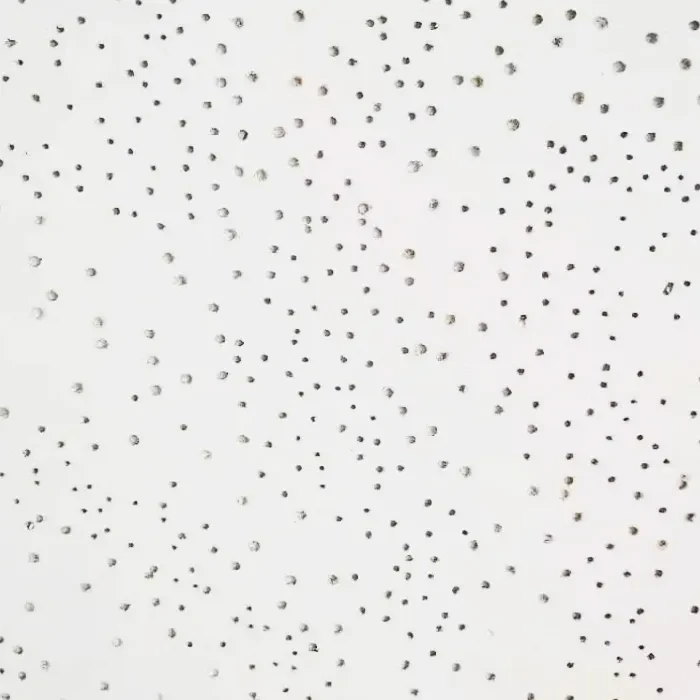Dec . 11, 2024 02:00 Back to list
Exploring Alternative Ceiling Materials for Enhanced Aesthetics and Functionality
Understanding Fibre False Ceiling Materials
In modern architecture and interior design, false ceilings have become an essential feature for both aesthetic and functional purposes. Among the various materials available for false ceilings, fiber-based materials are gaining popularity due to their unique properties and benefits. In this article, we will explore fiber false ceiling materials, their characteristics, advantages, and applications.
What Are Fibre False Ceilings?
Fibre false ceilings are constructed using materials that predominantly consist of various types of fibers, often combined with other constituents to enhance performance and durability. These materials come in different forms, including fiber-reinforced gypsum, mineral fiber tiles, and even cellulose-based products. The use of fiber creates a ceiling system that is lightweight, easy to install, and cost-effective.
Characteristics of Fibre False Ceilings
1. Lightweight Nature One of the most significant advantages of fiber false ceilings is their lightweight composition. Unlike traditional materials such as plaster or concrete, fibre ceilings can be handled and installed with ease, reducing labor costs and installation time.
2. Acoustic Performance Many fiber false ceiling materials are designed to provide excellent sound absorption. This is particularly beneficial in environments where noise reduction is crucial, such as in offices, schools, and hospitals. The porous structure of fiber materials allows them to absorb sound waves, minimizing echo and creating a more pleasant acoustic environment.
3. Fire Resistance Safety is a primary concern in any construction project. Fibre false ceilings often come with fire-resistant properties, which help in slowing down the spread of fire, providing crucial time for evacuation. This feature is vital for compliance with building codes and regulations.
4. Versatility in Design Fiber ceiling materials are available in a wide array of colors, patterns, and textures, making them suitable for various design themes. From sleek and modern to more traditional styles, designers can easily find materials that complement their interior aesthetics.
5. Ease of Maintenance Cleaning and maintaining false ceilings can often be a challenge, but fiber materials usually require minimal upkeep. They can be wiped clean, and many are resistant to dust accumulation due to their smooth surface.
fibre false ceiling materials

Advantages of Fibre False Ceilings
- Cost-Effectiveness Fiber false ceilings are generally more affordable than traditional ceilings. Their lightweight nature means lower transportation costs and less structural support required. Furthermore, the ease of installation leads to reduced labor expenses.
- Energy Efficiency The insulation properties of many fiber materials can help regulate indoor temperatures, leading to potential energy savings. By maintaining a cooler environment in summer and retaining heat in winter, these ceilings can contribute to overall energy efficiency in buildings.
- Environmentally Friendly Options With an increasing emphasis on sustainability, many manufacturers are producing fiber false ceiling materials from recycled or eco-friendly sources. This makes them an attractive choice for environmentally conscious consumers.
Applications of Fibre False Ceilings
The versatility of fiber false ceilings opens up a myriad of applications across different sectors. In commercial spaces, they are prevalent in offices, shopping malls, and airports to create a modern look while ensuring sound insulation. In residential settings, they are used in living rooms, kitchens, and home theaters, promoting both style and comfort.
Healthcare facilities utilize fiber ceilings for their acoustic properties, promoting tranquility in patient care environments. Educational institutions benefit similarly, as a conducive learning environment can be fostered through effective sound management.
Conclusion
Fibre false ceiling materials represent a fusion of functionality, aesthetic appeal, and environmental consciousness. With their lightweight design, excellent acoustic properties, and fire resistance, these materials are becoming an increasingly popular choice in various applications. As architects and interior designers continue to seek innovative solutions for modern spaces, fiber false ceilings will undoubtedly play a pivotal role in shaping the future of interior design. Whether you are planning to renovate your home or design a commercial space, considering fiber false ceilings could be a step towards achieving a harmonious blend of form and function.
-
Durable Ceiling T Grid Systems | Easy InstallationNewsAug.29,2025
-
PVC Gypsum Ceiling: Durable, Laminated Tiles for Modern SpacesNewsAug.28,2025
-
Pvc Gypsum Ceiling Is DurableNewsAug.21,2025
-
Mineral Fiber Board Is DurableNewsAug.21,2025
-
Ceiling Tile Clip Reusable DesignNewsAug.21,2025
-
Ceiling T Grid Modular DesignNewsAug.21,2025







